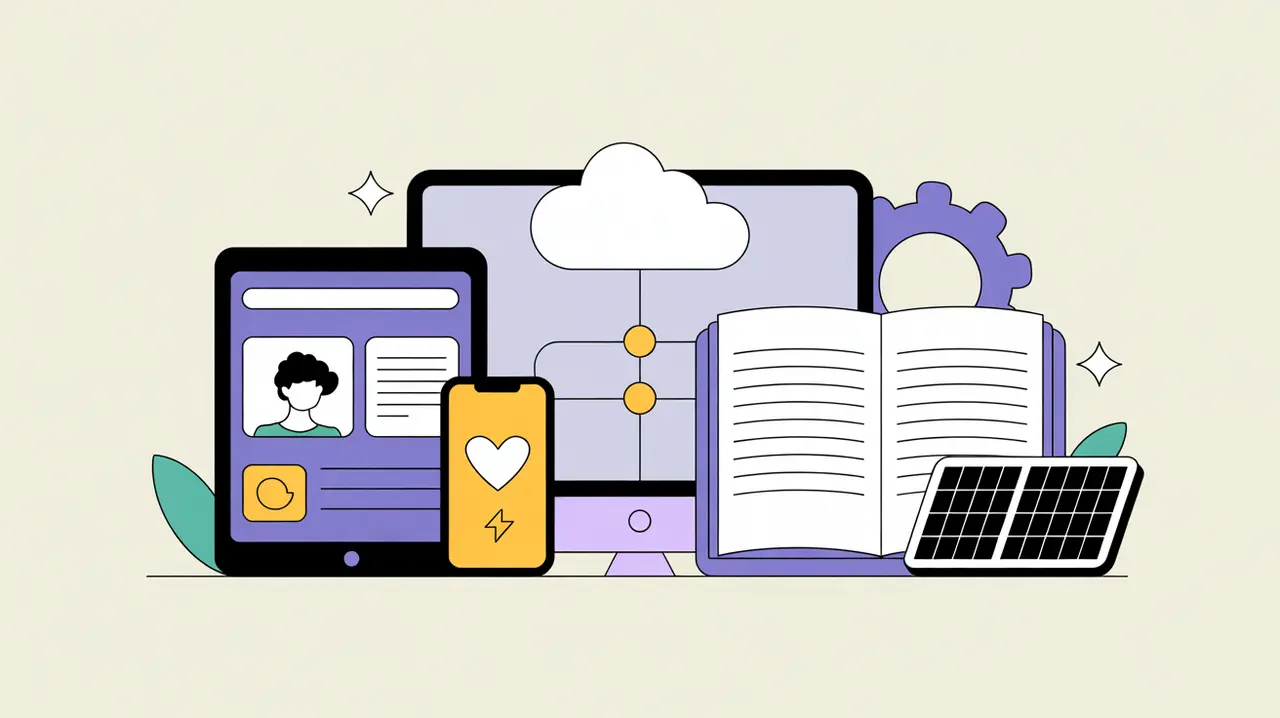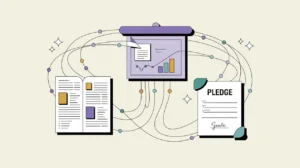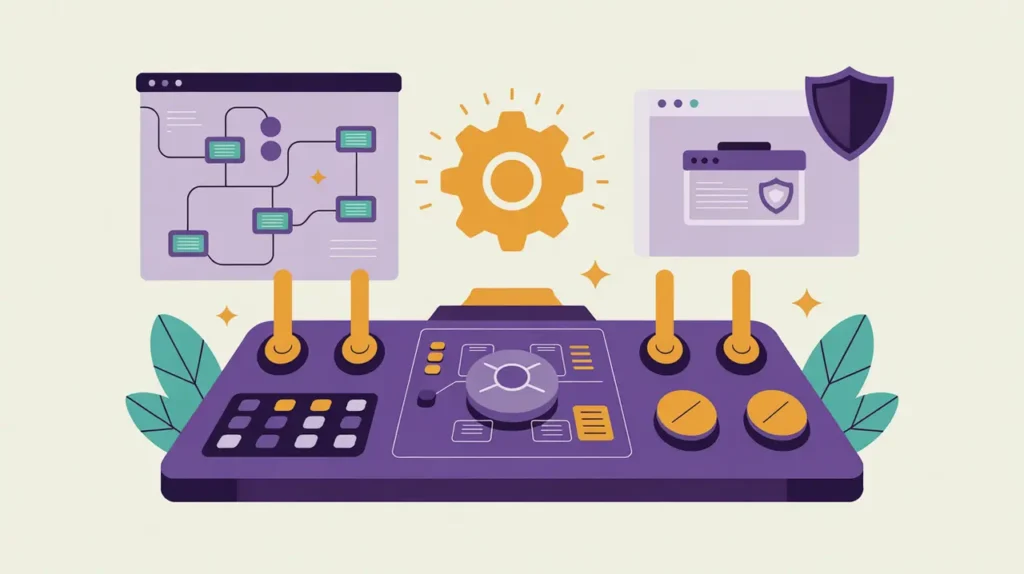What Does Program Delivery Technology Involve?
Program delivery technology is the use of digital tools, platforms, and systems to extend and enhance nonprofit services. It represents the intersection of mission and technology, where organizations deploy apps, devices, and platforms directly to communities. From e-learning platforms and telehealth systems to mobile money tools and agricultural advisory apps, delivery technology enables nonprofits to scale access, reduce costs, and personalize services.
In practice, program delivery technology includes designing or selecting tools, training staff and users, and ensuring accessibility across different environments. It also involves monitoring usage, troubleshooting barriers, and adapting platforms for connectivity, literacy, and cultural context. Done well, delivery technology expands reach and impact; done poorly, it can deepen inequities by excluding those without devices, skills, or internet access.
When nonprofits harness delivery technology strategically, they create flexible and scalable pathways to deliver services while remaining close to community realities.
What Competencies are Associated with this Role?
Delivery technology roles combine program expertise with digital literacy. Competencies include:
- Identifying technology needs aligned with program goals
- Selecting and configuring delivery platforms or devices
- Ensuring accessibility across languages, literacy levels, and connectivity environments
- Designing training and onboarding for staff and beneficiaries
- Monitoring adoption and troubleshooting barriers
- Managing vendor relationships and licensing agreements
- Integrating delivery platforms with organizational systems (CRM, MEL)
- Adapting tools for cultural and contextual relevance
- Collecting usage data to inform program improvement
- Balancing innovation with cost and sustainability
How Might AI and Automation Help this Role?
AI and automation can make program delivery more adaptive and personalized. Opportunities include:
- AI-powered personalization of e-learning or health content
- Automated reminders and nudges for program participation
- Natural language processing for multilingual access
- Predictive analytics to identify at-risk users or drop-offs
- Chatbots for frontline support in low-resource settings
- Automated reporting of usage data into MEL systems
- Generative AI for creating adaptive training content
- Machine learning to optimize delivery routes for physical goods
What are the Roles by Experience Level?
Roles span from technical support to strategic oversight:
- Entry: Program Tech Assistant, Platform Support Associate – onboard users, provide helpdesk support, maintain devices
- Mid: Program Technology Officer, Platform Coordinator – manage platform rollouts, adapt tools for context, train staff
- Senior: Delivery Technology Manager, Innovation Lead – oversee strategy for tech-enabled delivery, manage vendor contracts, integrate systems
- Executive: Director of Digital Programs, Chief Technology Officer – set organizational direction for tech-enabled service delivery, align with mission strategy
How Transferable are the Skills from this Role?
Program delivery technology skills transfer across education, healthcare, agriculture, and financial services, where digital access is growing rapidly. Within nonprofits, these skills support transitions into program strategy, MEL, or leadership roles. Beyond nonprofits, they align with careers in edtech, fintech, telehealth, and digital product management. The ability to bridge program goals with technology solutions is increasingly sought after in both mission-driven and market sectors.







